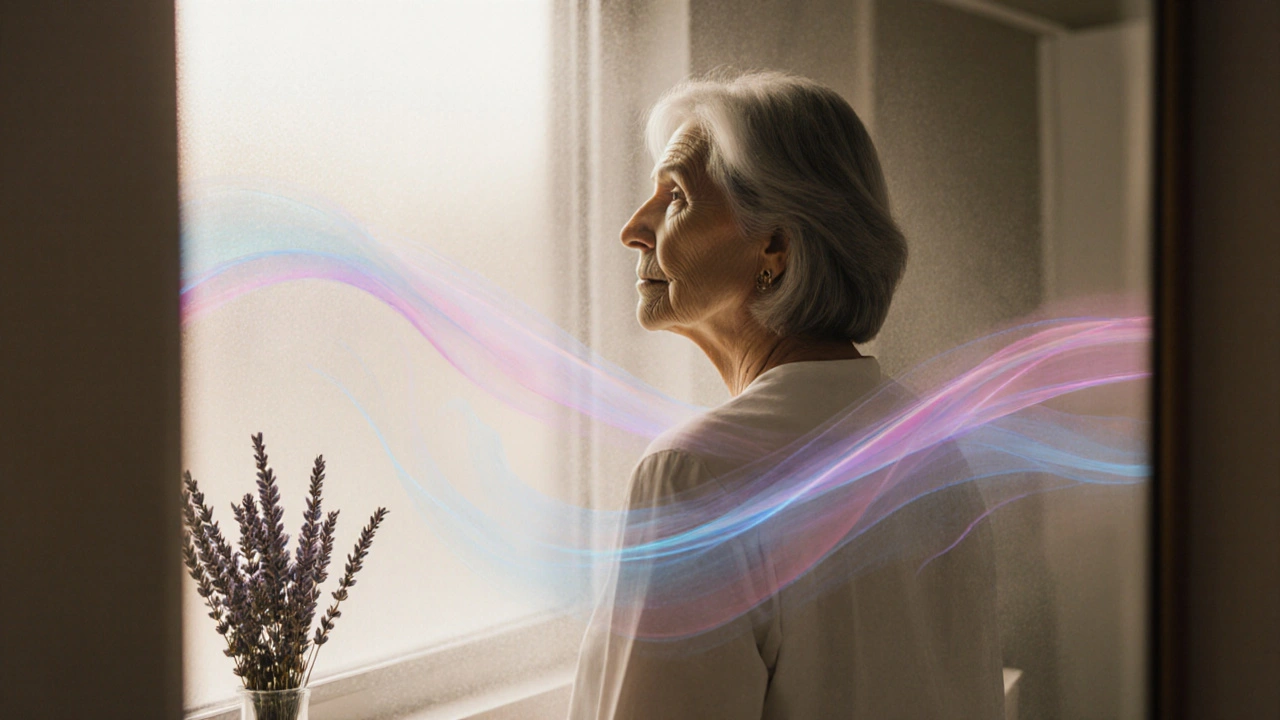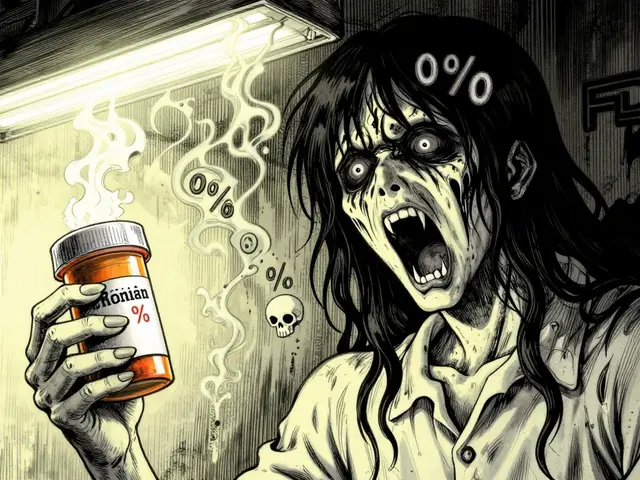Menopause Hair Loss: What’s Happening and How to Fight It
When you hit menopause, many women notice more hair on their brush or in the shower. It’s not just vanity; it’s a real sign that hormonal changes are affecting the hair cycle. Understanding why this happens makes it easier to take steps that actually work.
Why hair falls out during menopause
Estrogen levels drop sharply during menopause, and estrogen normally helps keep hair follicles in the growth phase. With less estrogen, more follicles slip into the resting phase, so you shed more hair each day. At the same time, testosterone (or its more active form, dihydrotestosterone) can become relatively stronger, and that hormone can shrink follicles, leading to finer, thinner strands.
Other factors often combine with the hormone shift. Stress, sleep problems, and nutritional gaps—especially iron, zinc, and B‑vitamins—can all speed up shedding. Some prescription meds used for menopausal symptoms, like certain antidepressants, also have hair‑loss as a side effect.
Ways to combat menopause‑related hair loss
First, talk to a healthcare provider. Blood tests can confirm whether you’re low on iron, thyroid hormone, or vitamin D—issues that are easy to fix and can improve hair health quickly.
If your doctor thinks it’s safe, low‑dose hormone replacement therapy (HRT) can restore some estrogen balance and often slows thinning. Not everyone wants HRT, so topical options like minoxidil (2% for women) are a popular over‑the‑counter alternative. Apply it twice daily to the scalp and give it a few months to see results.
Nutrition matters too. Aim for a diet rich in lean protein, leafy greens, nuts, and fish. These foods supply the building blocks hair needs. Adding a daily biotin supplement (2,500 µg) or a multivitamin that includes iron and zinc can fill hidden gaps.
Gentle hair care reduces breakage, which can make thinning look worse. Use a sulfate‑free shampoo, avoid daily heat styling, and let hair air‑dry when possible. When you do brush, use a wide‑tooth comb and start at the ends, working upward.
Stress management is another practical tool. Short, daily practices—like a 5‑minute breathing exercise or a brief walk—lower cortisol, which can help keep hair follicles from entering the resting phase.
Finally, consider cosmetic tricks to mask thinning while you treat the root cause. Volumizing powders, light‑weight conditioners, and strategic haircuts (layers or a bob) can add instant body without weighing hair down.
Bottom line: menopause‑related hair loss is common, but it’s not inevitable. By checking labs, balancing hormones when appropriate, supporting nutrition, and using gentle styling habits, most women can keep their locks looking fuller and healthier throughout the change.

Menopause Hair Loss: Causes, Treatments & Solutions
Explore why menopause triggers hair loss, the hormonal and nutritional factors involved, and proven treatments to restore fuller hair.




